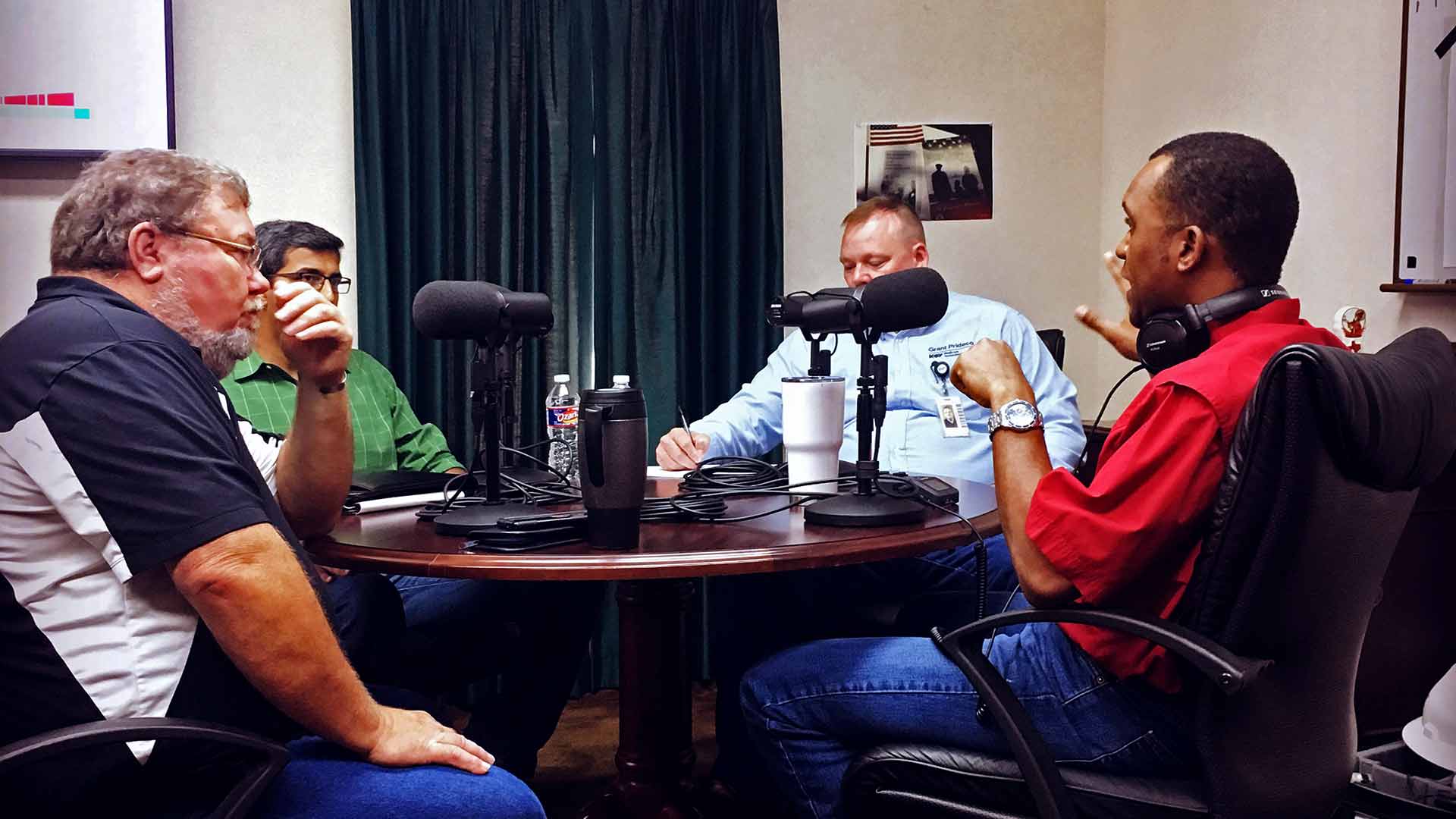Podcast
Big Data
With guest Carl Fehres
Nov 07, 2017
Big Data. Two small words that have an enormous impact on businesses in almost every major industry. Listen in on this initial episode of our ongoing Big Data series, as we talk with NOV’s VP of Engineering Technology, Carl Fehres, and take a visit to Grant Prideco in Navasota, Texas, to begin our discussion on how different parts of our company are effectively and efficiently leveraging this powerful tool.
